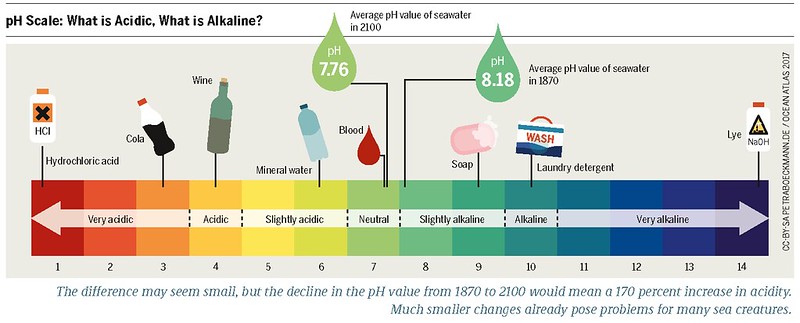The pH value of coffee with almond milk is around 6.5, making it slightly less acidic than regular coffee. Almond milk, being slightly alkaline, can help neutralize the natural acidity of coffee, creating a more balanced and easier-to-digest beverage. This article explores the pH of coffee with almond milk, offering insights and practical tips to help you enjoy a smoother, less acidic cup of coffee.
Understanding the pH of Coffee with Almond Milk
Coffee is naturally acidic, with a pH range typically between 4.85 and 5.10. This acidity can be attributed to the various organic acids present in coffee, such as chlorogenic, quinic, and citric acids. When almond milk is added to coffee, the overall pH of the beverage increases, becoming less acidic.
Almond milk has a pH range of around 6.2 to 6.8, making it slightly alkaline. This alkalinity helps to neutralize the acidity of the coffee, resulting in a final pH of around 6.5 for the coffee with almond milk mixture.
Reducing the Acidity of Coffee with Almond Milk
While the addition of almond milk can help reduce the acidity of coffee, there are several other methods you can employ to further lower the acidity:
1. Choose a Dark Roast Coffee
Dark roast coffee beans generally have lower acidity levels compared to light roast beans. The roasting process helps to break down and reduce the concentration of acidic compounds in the coffee.
2. Use Low-Acid Coffee Beans
Some coffee beans are naturally lower in acidity, such as those grown in regions like Brazil or Sumatra. Opt for these low-acid coffee varieties to start with a less acidic base.
3. Brew for Longer
Brewing your coffee for a longer duration can help extract more of the less acidic compounds, resulting in a less acidic final product.
4. Add Baking Soda
A pinch of baking soda can help neutralize the acidity in your coffee, making it less harsh on your stomach.
5. Experiment with Plant-Based Milk Alternatives
In addition to almond milk, other plant-based milk alternatives like soy, oat, or cashew milk can also help balance the pH of your coffee.
Contaminants, Chemicals, and Substances in Coffee with Almond Milk
When it comes to the potential contaminants, chemicals, and substances present in coffee with almond milk, it’s essential to use high-quality, organic, and non-GMO ingredients. Avoid almond milk with added sugars, preservatives, or artificial flavors, as these can introduce unwanted substances into your beverage.
It’s also important to consider the sourcing and processing methods of both the coffee beans and the almond milk to ensure they are free from harmful chemicals or contaminants.
Monitoring Your Reaction to Coffee with Almond Milk
If you’re concerned about the acidity of coffee with almond milk, it’s recommended to consume it in moderation and monitor how your body reacts. Some individuals may be more sensitive to the remaining acidity, even with the addition of almond milk, and may experience discomfort or symptoms like heartburn or indigestion.
If you do experience any adverse reactions, try implementing one or more of the methods mentioned above to further reduce the acidity of your coffee with almond milk. Additionally, you can consult with a healthcare professional for personalized guidance on managing your coffee consumption and acidity levels.
Conclusion
The pH of coffee with almond milk is typically around 6.5, making it less acidic than regular coffee. By understanding the pH of this beverage and employing various techniques to reduce acidity, you can enjoy a smoother, more balanced cup of coffee that is easier on your digestive system.
Remember to use high-quality, organic, and non-GMO ingredients, and monitor your individual reaction to coffee with almond milk. With a little experimentation and attention to detail, you can find the perfect balance of flavor and acidity that works best for you.

